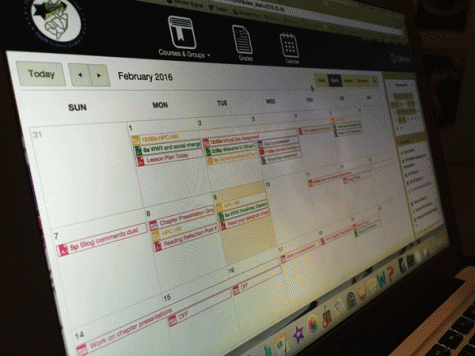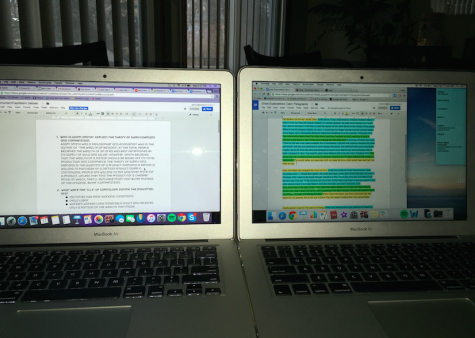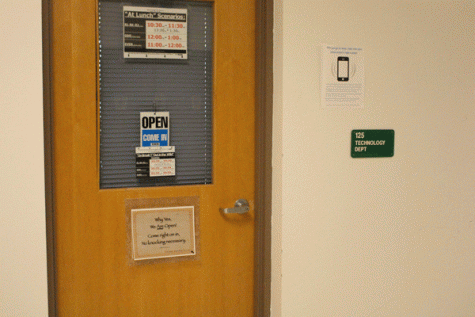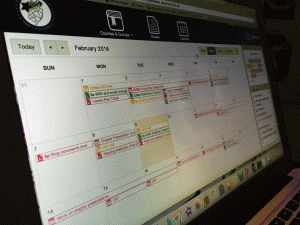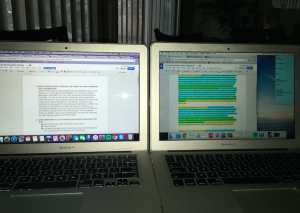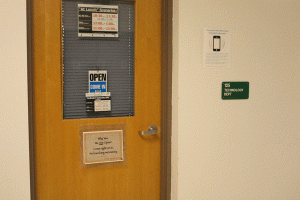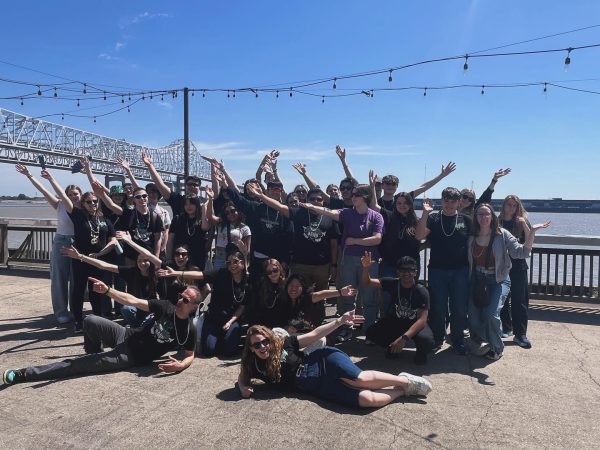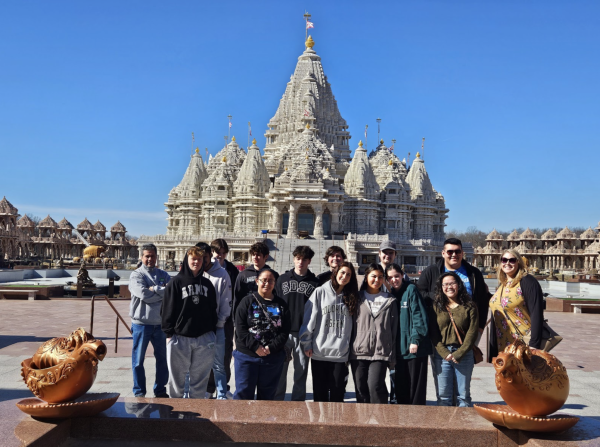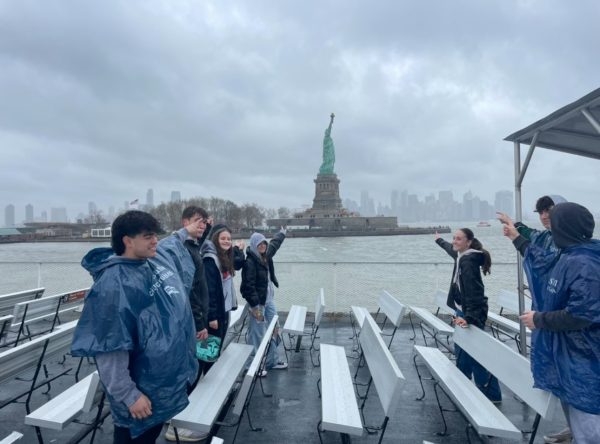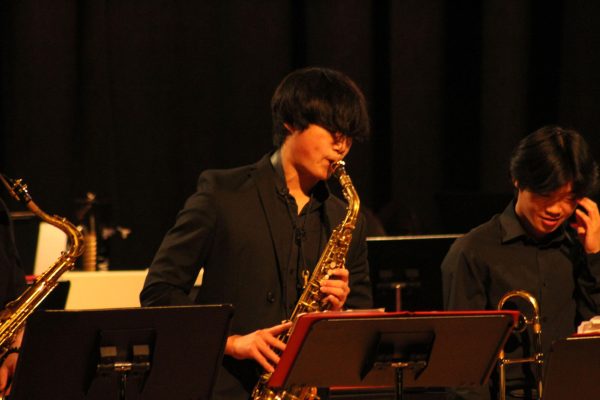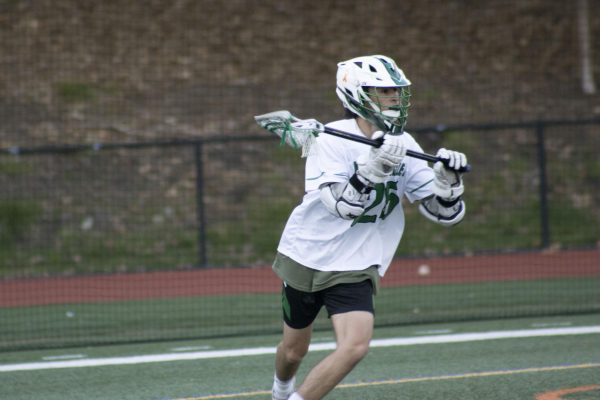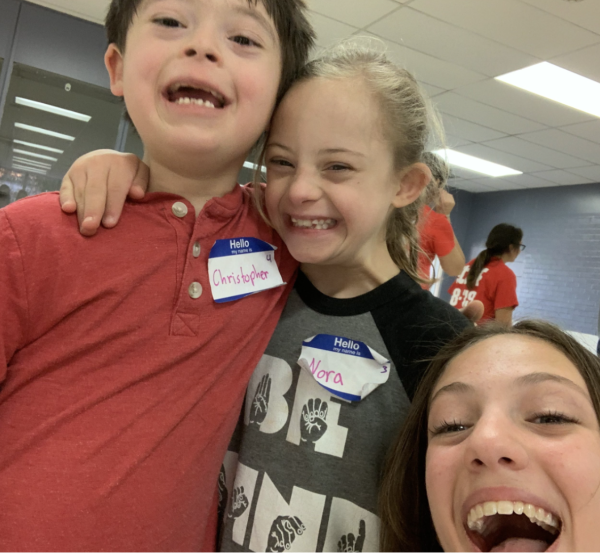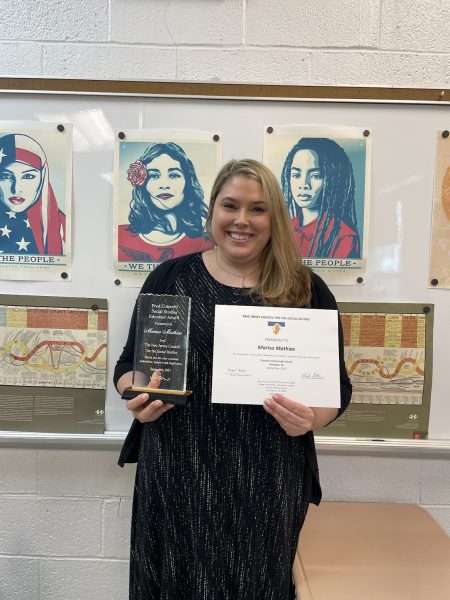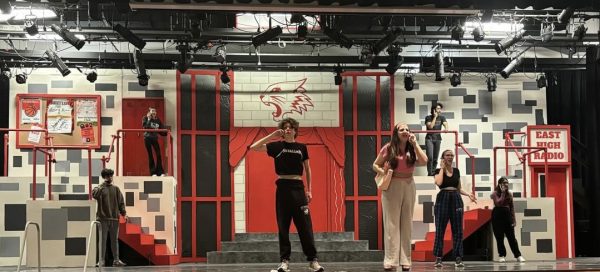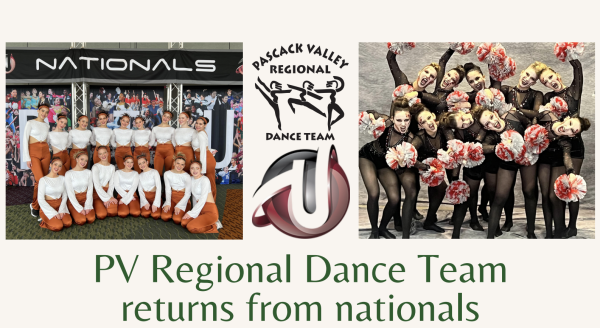Virtual days are a thing of the past
Administration sees no benefit in continuing virtual days until state legislation is changed
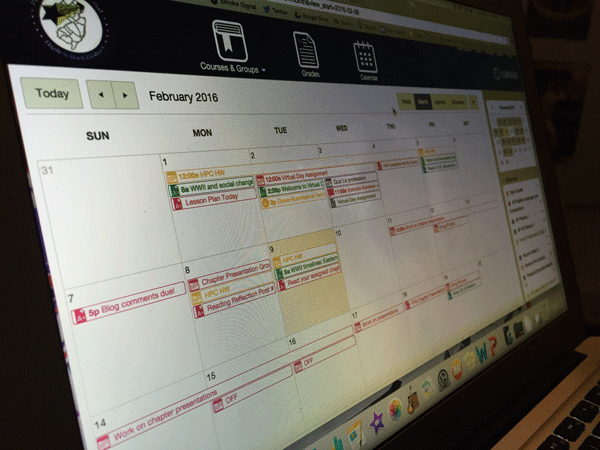
Despite the suspension of virtual days, the district plans to continue to innovate in virtual instruction.
The Pascack Valley Regional High School District’s virtual days are virtually dead.
As a result of the “mixed” feedback they received from parents and students after last year’s virtual days, the administration has decided to end virtual days for the time being.
According to Director of Curriculum Dr. Barry Bachenheimer, some parents and students said that they liked the innovative aspect of the day, but others felt that it was wasting time that could be used otherwise.
We took the feedback to heart and said that unless the state legislatively makes a change to allow for virtual days to take the place of snow days, we weren’t going to put them in place again.
— Barry Bachenheimer
Conversely, teachers “overwhelmingly liked the setup of the day.” Because all student work had to be submitted by noon, many teachers were given time to work on grading and planning for future classes.
“The message, loud and clear, from a lot of people was that if it didn’t count to help us get a day back somewhere,” Bachenheimer said, “they didn’t necessarily want to donate a full day to it.”
Pascack Valley implemented two virtual days on Feb. 2 and 3, 2016, following up the first virtual day on Feb. 12, 2014.
“We took the feedback to heart,” Bachenheimer continued, “and said that unless the state legislatively makes a change to allow for virtual days to take the place of snow days, we weren’t going to put them in place again.”
Pascack Valley’s first virtual school day was held in hopes that the state would acknowledge a day of virtual instruction from home during a snow day as an official day of school. However, the day did not end up counting as a school day and students were required to come into school during their Spring break since the district had used the allotted number of snow days.
“It was the government’s office that did not give us the permission to count it as a school day [the first year],” Gundersen said. “The legislation says that the school buildings must be open and facilities must be available to students.”
New Jersey state legislation currently states that “A day of attendance shall be one in which a student is present for the full day under the guidance and direction of a teacher while school is in session,” a full day being defined as at least four hours of instruction.
Really there needs to be a legislative change.
— Erik Gundersen
In a letter to Superintendent of Schools Erik Gundersen in 2014, Former Chief Innovation Officer and Assistant Commissioner of Education at the New Jersey Department of Education Evo Popoff said that while the department commended PV’s “innovative spirit and the efforts taken to ensure that students continue to receive a high quality education” in spite of extreme weather, they could not allow the virtual school day to count toward the required 180 school days.
As a result, the school grounds were open and teachers present for the two virtual days that were held last year, which allowed for the days to count as official school days. Students were given the option to come into school if they chose to but all schoolwork had to have been done by 12 p.m.
“It was a worthwhile experiment last year,” said Gundersen, “but we wouldn’t necessarily gain a lot of experience and knowledge by doing it again this year. We’re at the point right now where we don’t necessarily see a benefit to continuing that experiment.”
According to Bachenheimer, students did not necessarily see the value in continuing with virtual days unless it was going to give them a day off.
“There are a number of states that have changed what a school day looks like and I certainly know there are advocates for this at the [New Jersey Department of Education],” Gundersen said, “but you need to have legislators that understand this is important.”
Legislation to allow virtual school days to count towards the required 180 school days has been introduced in the past. According to assemblywoman Holly Schepisi’s office, Asssembly Bill 3937 was introduced to but “never heard by” the Assembly Education Committee and Senate Bill 2476 was in a similar position.
A new bill, Assembly Bill 2330, was introduced to the Assembly Education Committee on Feb. 4, 2016 for the 2016-2017 session, but there has been no movement of the bill since. The senate companion, Senate Bill 132, was introduced in the senate and referred to the Senate Education Committee on Jan. 12, 2016.
According to her office, Schepisi plans to co-sponsor the assembly bill.
If we’re trying to promote the idea that trying something new and taking a risk is important in all of our lives, we should model that.
— Barry Bachenheimer
“In the event something that happens where we couldn’t come to school, I’d like to say we could still educate our students virtually,” Gundersen said. “Really there needs to be a legislative change.”
Despite the first virtual school day not counting towards the requirement, there was some benefit. One of the benefits that arose was the implementation and testing of Canvas, the district’s current school management system.
“Canvas came about because we wanted to give students kind of a ‘one-stop shopping,’” Bachenheimer said. “You go to this one site and you can find out what all of your teachers are doing.”
According to Gundersen, last year’s virtual school days doubled as an “opportunity to see how well Canvas worked in virtual environment.”
The day was also used as a way for teachers to test Canvas’ varying features.
Al Cann, a biology teacher at Pascack Valley, “ran his classes live on the video feature on Canvas.” Other teachers used different features of canvas to direct their students to resources and assignments.
“I wouldn’t call it a waste by any stretch of the imagination. We are an innovative district,” Bachenheimer said. “I think that trying a different way of giving instruction is innovative. If we’re trying to promote the idea that trying something new and taking a risk is important in all of our lives, we should model that.”
While the school does not plan to have more virtual days, the district is not abandoning the idea of virtual learning.
“We’ll look at virtual learning in some other ways,” Bachenheimer said. “Virtual days aren’t the only way to do virtual learning.”
According to Bachenheimer, the district is looking to make an existing class either online or a hybrid, much like the financial literacy course. They plan to design the course to run online on Canvas rather than using an outside company such as Money U, the program Pascack Valley currently uses for the virtual financial literacy course.
“I think the idea of virtual learning has value. I love experimentation,” Bachenheimer said. “If it’s good for kids and they want to try it, I think it’s a great idea.”

